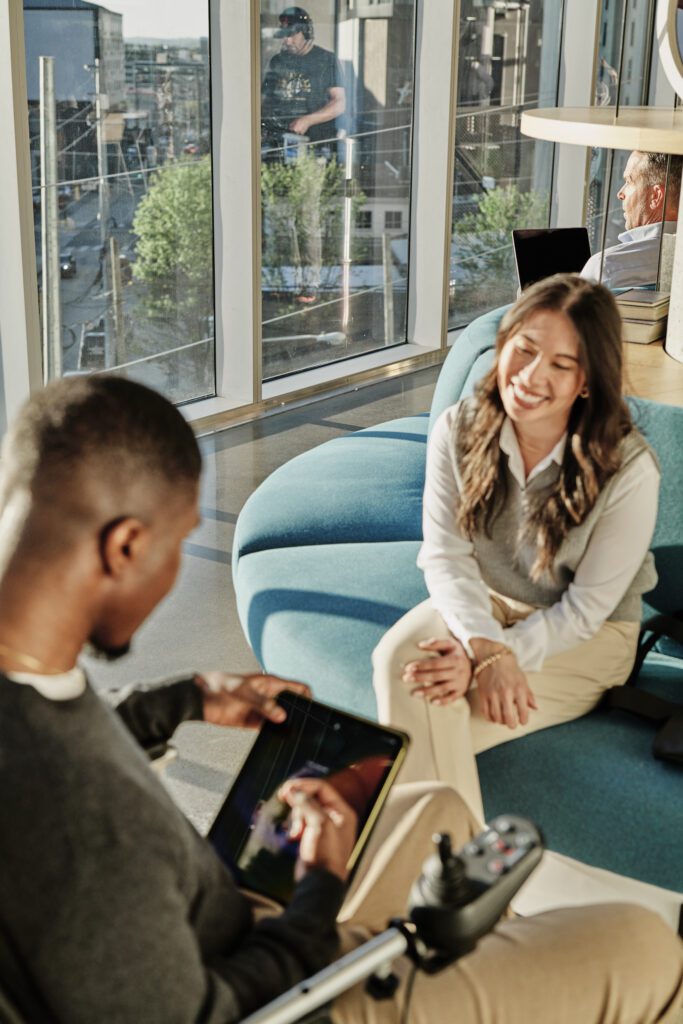Why Dexian?
At Dexian, we are proud of our experienced and driven recruiting and delivery teams. We strive for every encounter with a Dexian representative to be a positive experience. Our candidates come first. As a candidate, one of the many benefits of working with Dexian is the access you have to our clients working in all industries across the globe. It’s why we’re the industry go-to for matching top talent, like you, to some of the most prestigious businesses in the world.
By crafting meaningful relationships with our world-class talent we are able to provide best in class opportunities, continually improving the industries we serve.
You can count on us to realize your unique trajectory.
What we offer
- Upskilling as you move throughout your career
- Advocating for you when it comes to compensation, transitioning between contracts, and finding your next role
- Helping you create and execute your personal career plan
- Support and career guidance, every step of the way
- Specialist advisors across consulting, permanent, and gig work
Explore our capabilities
Combining global scale with full-service capabilities through:

